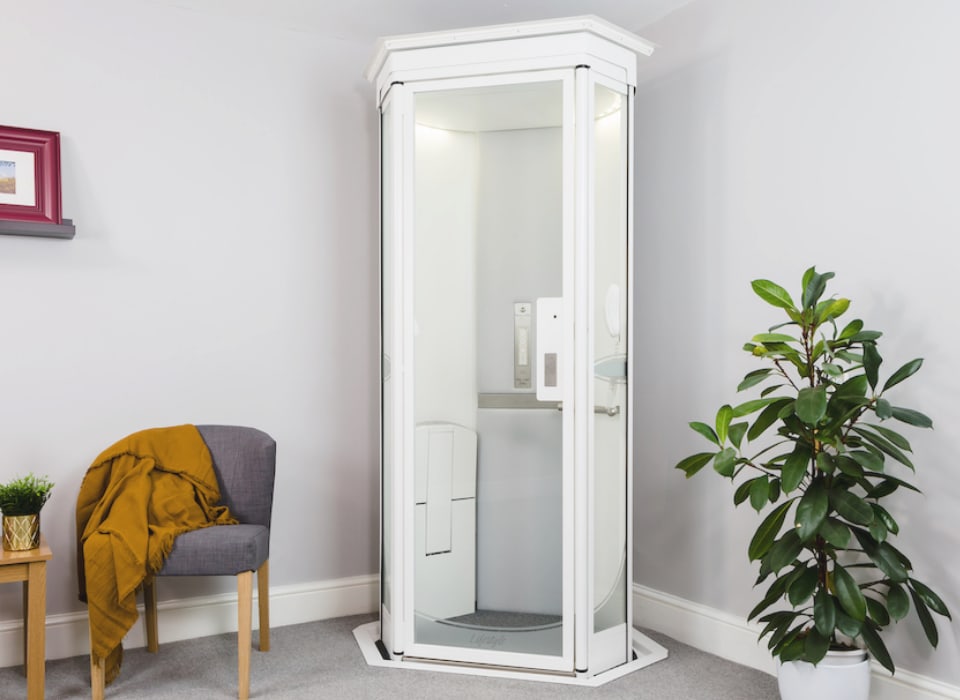London Lift Company: Giving Comprehensive Lift Solutions Across the Funding
Wiki Article
Exploring the Globe of Elevators: Common Problems Dealt With by Different Lift Mechanisms
As we navigate through the upright transportation systems of modern-day buildings, lifts attract attention as an important component of our day-to-day lives. Nonetheless, behind their smooth operation exists a globe of detailed systems that can often experience difficulties. From hydraulic elevators to traction systems and machine-room-less designs, each lift kind comes with its collection of usual concerns. Recognizing these challenges is critical for ensuring the smooth functioning of these essential systems. Allow's explore the complexities that underlie the procedure of elevators and the potential issues that can emerge, clarifying the elaborate internet of lift devices.Hydraulic Lifts
Hydraulic elevators, usually liked for low-rise structures, use fluid stress to regulate the activity of the lift automobile (lift repair companies). This mechanism includes a hydraulic pump pushing oil into a cylinder, causing the elevator to relocate in the desired direction. While hydraulic lifts are recognized for their smooth and peaceful procedure, they do feature their own collection of common concernsOne common problem with hydraulic elevators is oil leakage. Furthermore, concerns with the control system, such as malfunctioning valves or a malfunctioning pump, can create disruptions in the lift's motion.
Routine maintenance and prompt repair work are vital to guarantee the smooth performance of hydraulic lifts. By resolving these typical concerns proactively, structure owners can decrease downtime and guarantee the safety and security and performance of their upright transportation system.
Traction Lifts
When thinking about vertical transportation systems in structures, an additional usual kind other than hydraulic lifts is the traction elevator. Traction lifts run using a system of ropes and counterweights that relocate the lift automobile by clutching onto the hoist ropes. This device enables smoother and faster upright transport compared to hydraulic systems.One of the common problems dealt with by traction elevators is rope wear. The continuous activity of the ropes within the grip system can result in wear and tear in time, possibly creating the elevator to malfunction or come to be dangerous for usage. Regular examinations and maintenance of the ropes are necessary to make certain the elevator's appropriate performance and safety.
An additional problem that traction lifts might encounter is associated with the control system. Problems with the control system can lead to concerns such as erratic movement, delays in action times, or even total closures. Routine screening and maintenance of the control system are essential to avoid such issues and make certain the lift's reliability.
Machine-Room-Less (MRL) Lifts

Among the key parts of MRL lifts is the portable gearless grip device that is mounted within the hoistway. This maker efficiently drives the elevator car without the demand for large equipment found in standard grip lifts. Additionally, MRL elevators normally utilize a counterweight system to balance the automobile, further improving their power efficiency.
In spite of their benefits, MRL lifts might encounter difficulties associated with maintenance and fixing due to the restricted area for equipment installment. Availability for servicing parts within the shaft can be restricted, calling for specialized training for professionals. Proper maintenance timetables and normal inspections are vital to make certain the ongoing smooth procedure of MRL elevators.
Overloading and Weight Restriction Issues
Are lifts geared up to handle excess weight lots effectively and securely? Overloading and weight limit problems are crucial worries in lift procedures. Elevator suppliers design raises with specific weight capabilities to guarantee guest safety and equipment long life. Going beyond these weight restrictions can lead to different problems, consisting of mechanical failings, delays, and security dangers.When lifts are overloaded, it places london lift company excessive pressure on the motor, wires, and various other elements, potentially triggering failures or malfunctions. If they detect excess weight, safety devices such as sensing units and overload sensors are in place to prevent elevators from relocating. Furthermore, exceeding weight limitations can bring about increased power intake and deterioration on the elevator system.
To mitigate overwhelming problems, constructing supervisors should prominently display weight limitations in elevators and educate passengers on the importance of sticking to these restrictions - lift repair companies. Routine maintenance checks by qualified professionals can additionally help make sure that elevators are running within risk-free weight parameters. By attending to overloading and weight restriction concerns proactively, structure proprietors can enhance elevator safety and security and effectiveness
Electrical System Failures
Exceeding weight limits in elevators can not just lead to mechanical problems however likewise potentially add to electrical system failures within the lift framework. Electric system failings are a crucial concern in lift procedure, as they can cause unexpected shutdowns, malfunctions, or also safety dangers.Furthermore, power rises or variations in the electric supply can additionally interfere with the elevator's procedure, affecting its performance and security. These electrical disruptions can damage sensitive lift components such as control panels, circuit card, or sensing units, causing system failures. Normal maintenance and examinations are critical to determine and address possible electrical problems without delay, guaranteeing the risk-free and efficient operation of elevator systems. By adhering to weight limitations and performing regular electrical system checks, structure proprietors can mitigate the risk of electric failings in lifts.
Verdict

Hydraulic elevators, usually liked for low-rise structures, make use of fluid stress to manage the movement of the elevator car.When considering vertical transportation systems in structures, one more typical kind aside from hydraulic elevators is the traction elevator. Traction lifts operate using a system of ropes and weights that relocate the elevator car by grasping onto the hoist ropes. Unlike typical elevators that call for a different machine room to house the equipment, MRL elevators integrate most of the elements within the shaft, eliminating the requirement for a specialized device room.In conclusion, lifts deal with typical problems such as hydraulic malfunctions, traction system failures, and electric system issues.
Report this wiki page